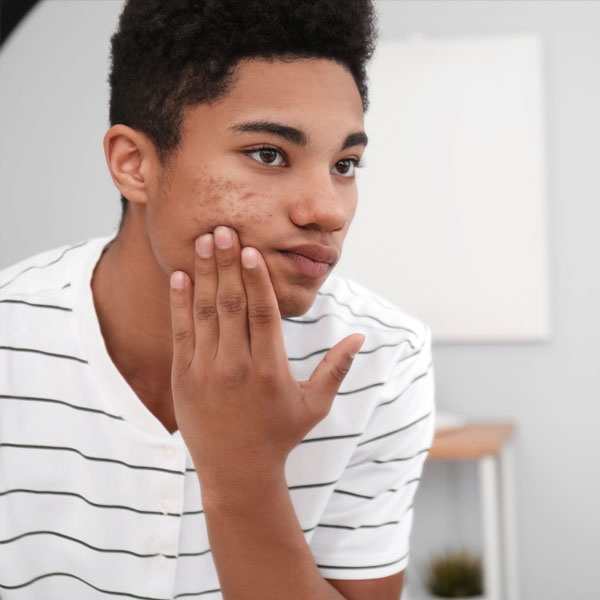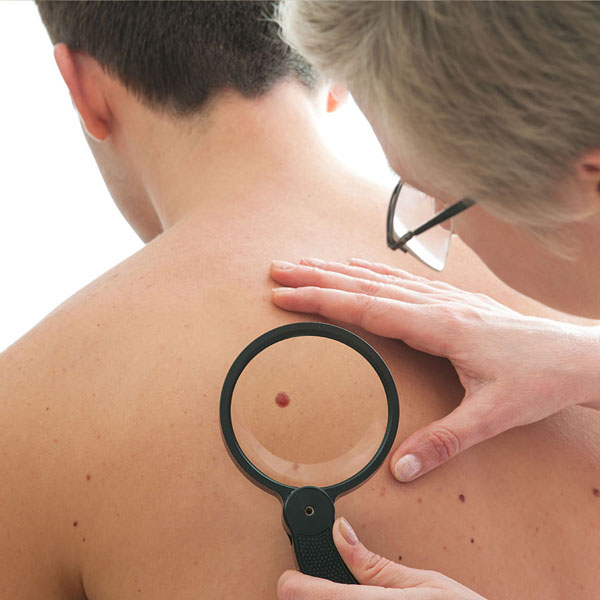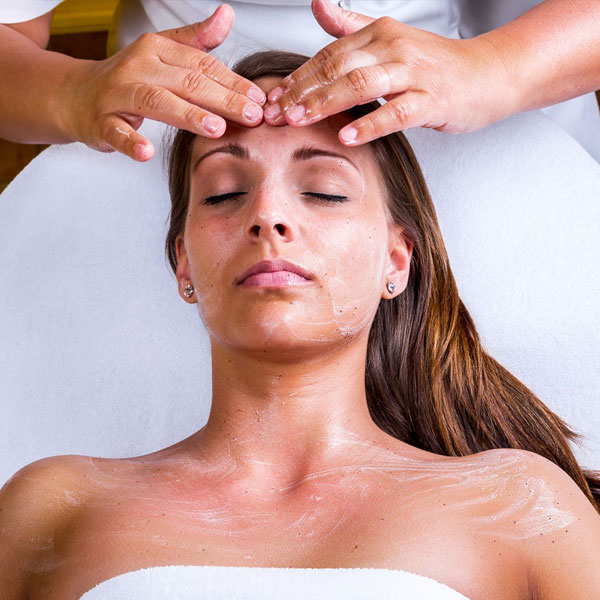Epiphany Dermatology of Portland, OR
Offering General Dermatology, Cancer Care, Cosmetic Dermatology
Meet Your Providers (some providers may service multiple locations)
-

Patricia L. Norris, MD
Fellowship-trained, board-certified dermatologist and lifelong Oregon resident. She provides expert diagnosis and treatment for all conditions of the skin, hair, and nails for patients of all ages, including children and the elderly.
Brings a unique perspective to her patients, given her added specialty in patch testing and the diagnosis and treatment of occupational skin diseases.
-

Lisa Blakley, PA-C
Certified physician assistant practicing general and cosmetic dermatology, in addition to offering patch testing.
Certified fellow of the American Academy of Physician Assistants (AAPA) and treats everything from acne and psoriasis to skin cancer and complex skin conditions.
Epiphany Dermatology of Portland, OR, is committed to offering the highest standard of dermatologic care, working collaboratively with our patients to personalize their treatments, yielding the best possible outcomes. We specialize in providing excellent, comprehensive medical, surgical, and cosmetic services for children, adolescents, and adults and offer the added benefit of on-site patch testing and expertise. We provide an array of treatment options for many skin conditions including skin cancer, eczema, and acne. Our skin cancer treatment options include skin cancer, eczema, and acne. Our skin cancer treatment options include cryotherapy and surgical excisions. Our providers, along with our friendly, knowledgeable team, are experts in delivering innovative, patient-centered care, intended to help every patient receive the treatment they need for optimal outcomes.
The office is in the Legacy Good Samaritan Building A. Our medical office building is connected by skybridge to the main hospital. We are located on the 4 th floor in suite 422. The cross street to the building entrance on Lovejoy Street is 22nd Avenue. This entrance is located on elevator floor one. Take elevator to floor four and then to suite 422. The cross street to the parking garage entrance is Kearney and 22nd Street. This entrance is located at elevator level two. Take the elevator to floor four, then to suite
422.
Featured Services
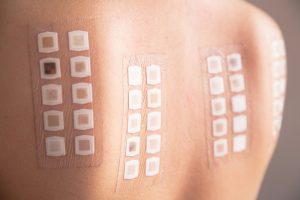
Patch Testing
Have you ever had a rash that just wouldn’t go away? Many people don’t know they have an allergy because reactions are often delayed. Patch testing involves applying a purified allergen to a person’s skin to see if it causes an allergic reaction.
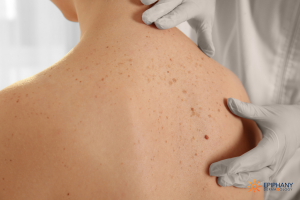
Pre-Cancerous Lesions
A skin spot referred to as a “precancerous lesion” is usually a specific sun-induced growth called actinic keratosis. It’s one of the most common issues we see in dermatology, and it’s what prompts most patients to schedule their dermatologist visits.
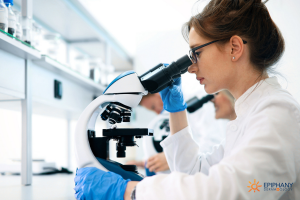
Dermatopathology
Dermatopathology is the study of skin diseases seen with a biopsy. It requires a dual knowledge of skin diseases and pathology to interpret skin biopsies. A dermatopathologist is trained both in a dermatology clinic as well as in a pathology lab.
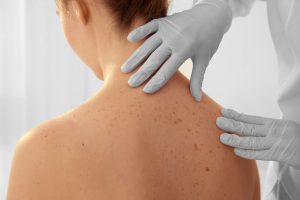
Melanoma
Melanoma is the least common skin cancer but causes the majority of skin cancer deaths. However, melanoma is highly curable when found in the beginning stages, which makes early detection key for treatment.
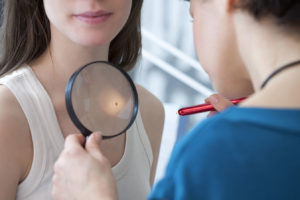
Skin Care Screenings
Skin cancer doesn’t discriminate. Anyone can get skin cancer, whether young or old, fair or dark, and it’s the most common type of cancer in the United States. Most people should have a professional skin examination once a year.

Wrinkle Reduction (BOTOX® Cosmetic, Dysport®, etc.)
As our skin thins over time, it creases more easily with muscle movement. Neuromodulator (Botox® Cosmetic, DAXXIFY®, Dysport®, and Xeomin®) treatments prevent wrinkles because they lessen this contraction. With these injections, the toxins stop the muscle movements that cause frown lines, crow’s feet, forehead lines, and wrinkling.

Lasers (IPL, Fractional Lasers, HALO® Lasers, Red Light, Blue Light)
The Icon Laser Scar Treatment is non-ablative, meaning it doesn’t cut the skin. This laser generates columns of heat that go under the deep dermis to cause inflammation. The remaining tissue produces collagen and elastin which work to heal the skin.

